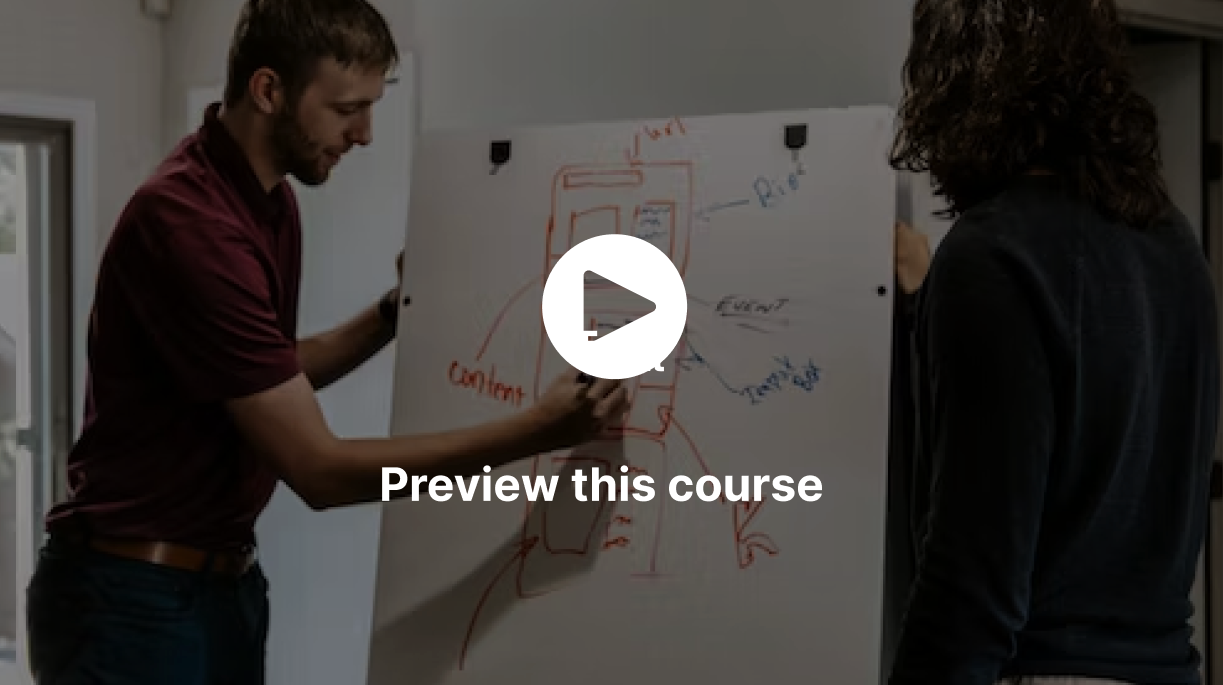


30-Day Money-Back Guarantee
This course includes:
Completion certificate
Access on mobile
365 days access
Training 2 or more people?
Get your team access to 25,000+ top Simpliaxis courses anytime, anywhere.
Try SimpliaxisFor teams of 2 or more users
25,000+ fresh & in-demand courses
Learning Engagement tools
SSO and LMS Integrations

30-Day Money-Back Guarantee
This course includes:
Completion certificate
Access on mobile
365 days access
Training 2 or more people?
Get your team access to 25,000+ top Simpliaxis courses anytime, anywhere.
Try SimpliaxisFor teams of 2 or more users
25,000+ fresh & in-demand courses
Learning Engagement tools
SSO and LMS Integrations
Scrum Basics
Learn the fundamentals of Scrum, its roles, events, and artifacts so you can confidently apply them in real projects.
Core Scrum Knowledge
Show your employers that you understand key Scrum principles and can use them effectively in your work.
Team Support
Help your team follow Scrum practices to deliver high-quality features and products consistently.
Self-Organization
Encourage your team to organize their own work, collaborate better, and take ownership of results.
Effective Coaching
Guide both your team and stakeholders on Scrum principles, enabling continuous progress and stronger teamwork.
Progress Facilitation
Learn how to help your team stay on track, ensure regular updates, and maintain steady improvement.
3 hrs 30 mins of Video Content
Module-Wise Lessons Quizzes
Foundations of Scrum Developer Role
Prep you for CSD Certification
Lifetime Course Access
Practical Learning:
Learn to master Scrum with real-world development methods.
Improve Collaboration:
Work effectively as a team in agile projects.
Speed up the delivery:
Develop quality software that is less vulnerable to errors.
Career Development:
Prepare and get a world-recognised Scrum Developer certification.
Learn anywhere:
Learn at your own pace online with recorded materials.
8 sections107 lectures
Course content
Chapter 01 - Course Introduction
Chapter 02 - Introduction to Scrum
Chapter 03 - Initiating a Project
Chapter 04 - Planning & Estimating a Project
Chapter 05 - Implementing a Project
Chapter 06 - Sprint Review and Retrospect
Chapter 07 - Release
Course Closure
Downloadable Files
There are no strict or mandatory prerequisites required to take this course. Anyone interested in this course can take it.
Software Developers
Engineers
Programmers
Database Developers
Quality Assurance (QA) Professionals / Testers
Business Analysts
Scrum Masters
Product Owners
Yes, upon completion, you can get Simpliaxis course completion certification and be eligible to earn the Scrum Developer Certifications, like CSD from Scrum Alliance and PSD certification from Scrum.org.
Our privacy policy © 2018-2025, Simpliaxis Solutions Private Limited. All Rights Reserved